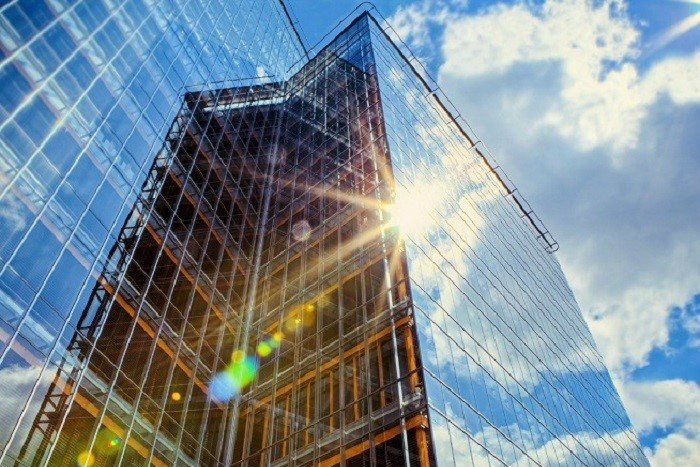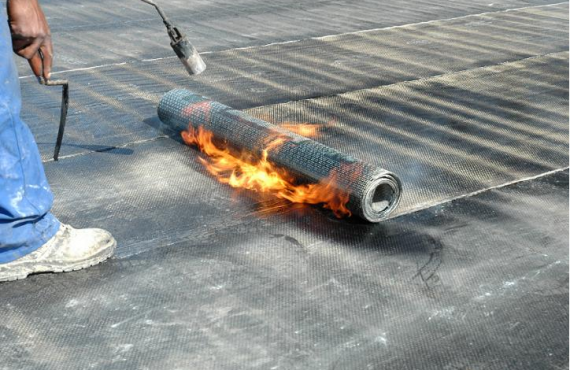The maintenance of building envelopes is a long term job. It needs to be done from time to time. They remain exposed to the extremes of temperature throughout the year. Stresses to get collected in building materials due to freezing during the winter, followed by thawing. Long term exposure to moisture leads to corrosion and gradual decay in the long run. Even if building envelopes are being used on a regular basis, they do undergo wear and tear like any other component of the building. A proper inspection plan can help you address issues that can pose major problems in future.
The first place that you should start with is the building’s roof. The roof is the area from where most of the building leaks occur. It is exposed to UV light, changes in temperature and moisture all the time. Therefore, as a manager you need to plan for roof inspections at least twice annually to find out defects. You should get the first done during the spring, and the second once the summer gets over. You should fix dates for more inspections once the harsh winter gets over. You can take the advice of the roof manufacturer to know more while making your rounds.

The outer walls often act a shield to water and air infiltration. Though there are a number of building components which can resist infiltrations by air, few are water resistant. Through their outer appearance, they may show no signs of cracks or other image, the possibility of water to enter the building still exists. Moreover, exterior walls have many perforations. As a result, there are numerous entries for air and water to get in. Therefore, doors, windows and control joints need proper care as it is through them that air and water get into the inner part of the building.
Verification of outer walls is a must, at least once in a year. As for other walls, they need to be observed carefully to look for cracks, spalling, failed joints and movements. All of them act as entry points for moisture. In contrast to others, buildings with exterior insulation finish systems (EIFS) require less maintenance. Water’s entry into the material’s surface can cause great damage to the wall structure. They may not appear to the naked eye for a long time. As a result, owners, have to spend a big amount on repairs at a later stage. Often, water penetration occurs from failed joints that lie between wall penetrations and EIFS material.
So, as a manager you need to verify EIFS walls twice annually. Give specific emphasis on the joints that exist between EIFS material and adjacent materials. Usually, exterior walls of buildings are filled with sealant. Sealants need to be selected with care. That’s because an inferior quality of sealant will lose its elasticity once exposed. Cracks, tears and splits can appear as a result. Therefore, each time you come for an annual inspection, you need to verify all joints that contain sealants. The best season to perform such an inspection is during the winter. Joints are widest during that part of the year and finding failed sealant is comparatively easier.
Experienced & Professional Building Consultant – Paramount Consulting & Engineering











Comments are closed.